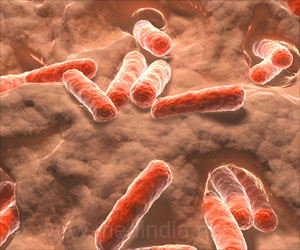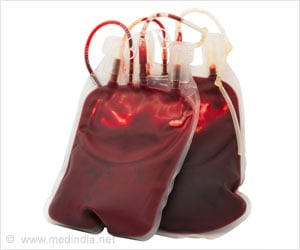Human secretions affect opposite sex ..........it is official now. Hitherto, there used to be unsubstantiated suggestions to this effect but there is conclusive evidence to this effect now.
Human secretions affect opposite sex ..........it is official now. Hitherto, there used to be unsubstantiated suggestions to this effect but there is conclusive evidence to this effect now from authoritive sources: a study by university of California, Berkeley.
Claire Wyart, a postdoctoral researcher in the Berkeley Olfactory Research Program, who was behind this study, observes that like rats and some insects, human secretions too influence the physiology of the opposite sex. His claim continues "Many people argue that human pheromones don't exist, because humans don't exhibit stereotyped behavior, nonetheless, this male chemical signal, androstadienone, does cause hormonal as well as physiological and psychological changes in women."The study appeared in this week's The Journal of Neuroscience.
Inspired by earlier studies of colleague, Noam Sobel saying chemical androstadienone (a combination in male sweat and one of the ingredient in perfumes and colognes) caused brain activation and other arousals as part of behavioral changes in women, Wyart conducted research on 21 subjects.
The subjects were exposed to 30 milligrams of androstadienone and to yeast. Though not part of sweat, but they have similar olfactory sensation.
After taking 20 sniffs in each of two trials, the research recorded vital changes in blood pressure, respiratory functions, and cardiac changes throughout the experiment. There were noticeable changes in sexual arousal too.
The study also says that cortisol levels (a hormone causing arousal and mood) began rising within about 15 minutes after sniffing androstadienone and its influence continued for more than an hour.
The participants took 20 sniffs of each in two separate trials. The researchers measured physiological vital signs like body temperature, skin conductance, ear pulse, blood pressure, respiratory function and cardiac rate throughout the experiment. They also measured mood and sexual arousal by checking the levels of cortisol, a hormone that has been associated with arousal and mood, in saliva samples.
Source-Medindia
SRM







